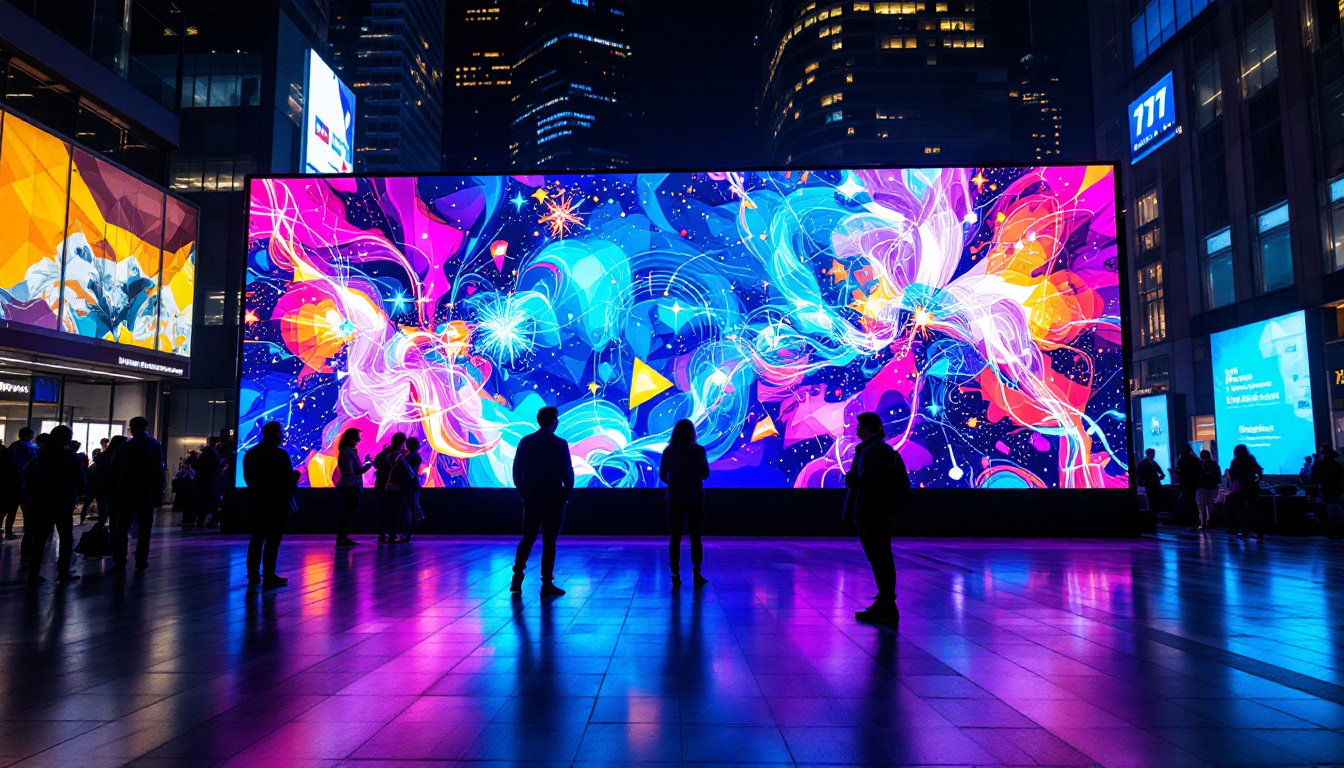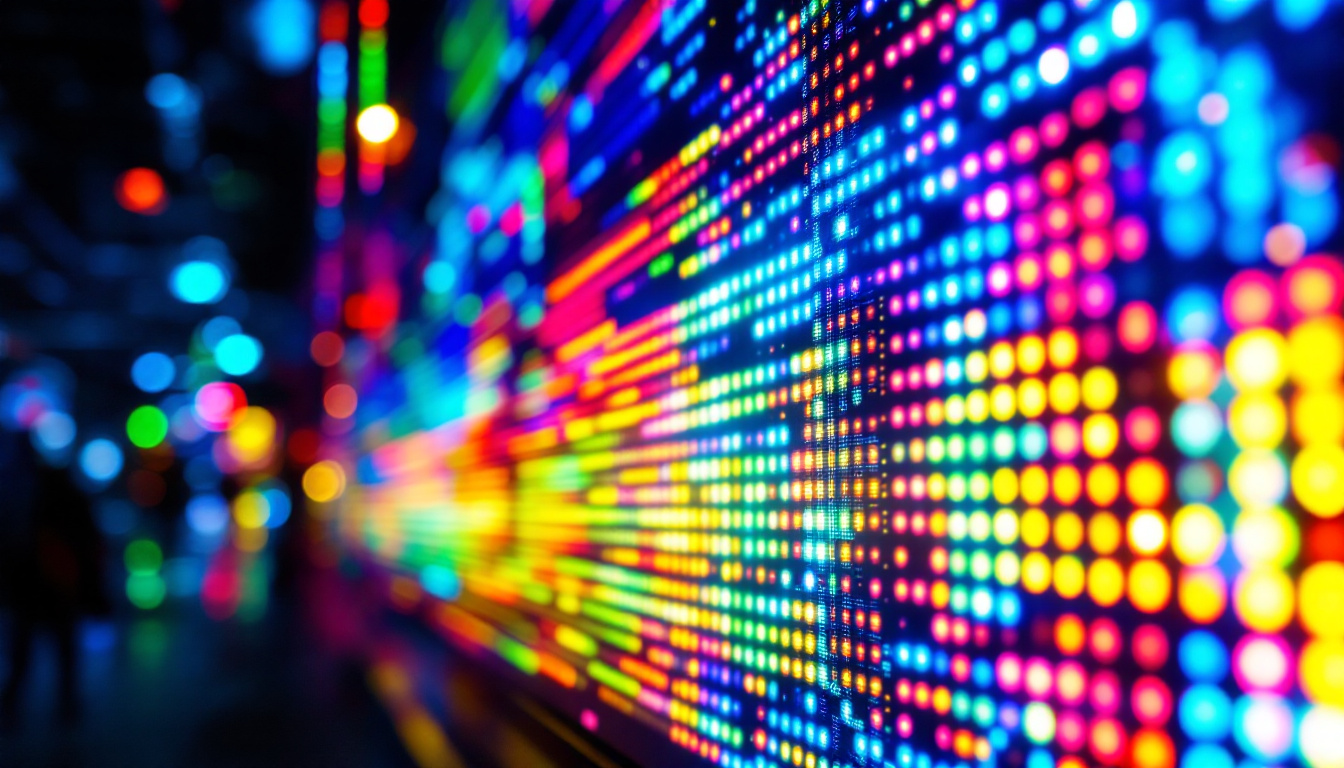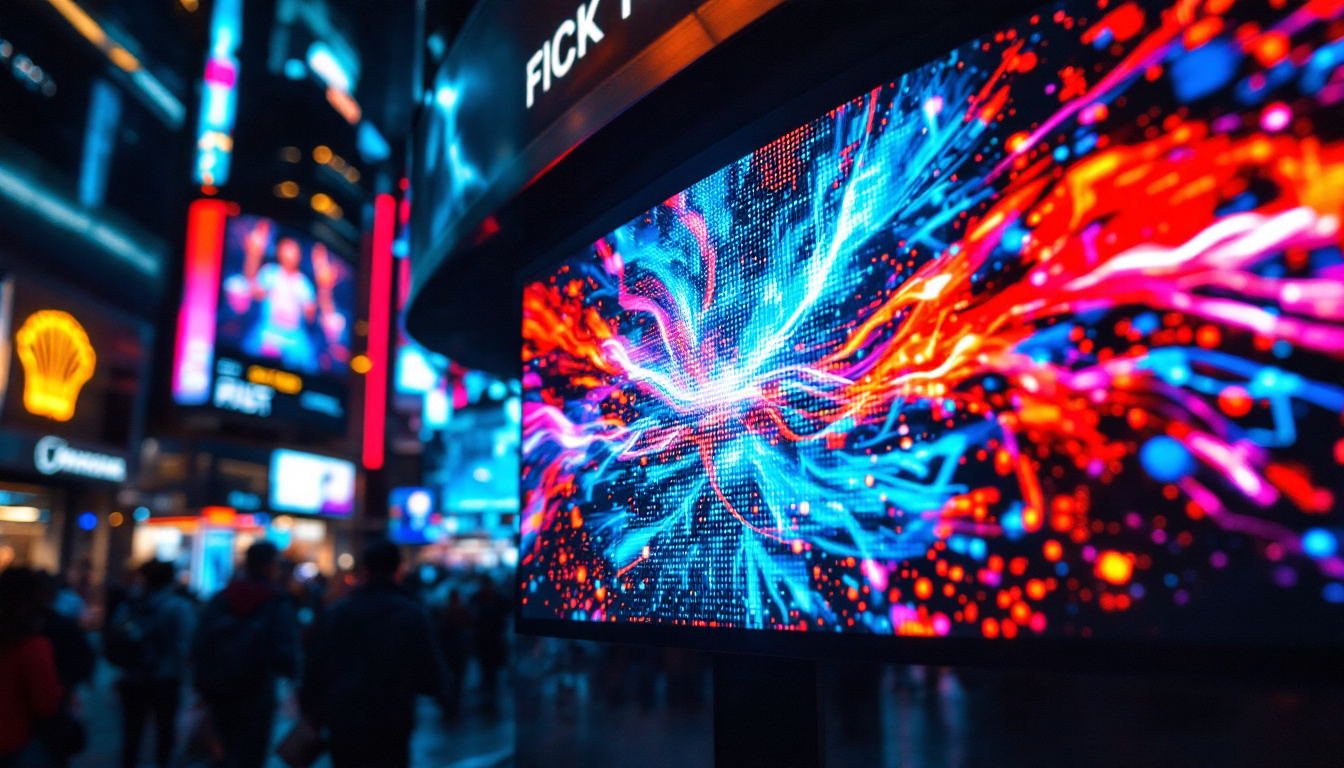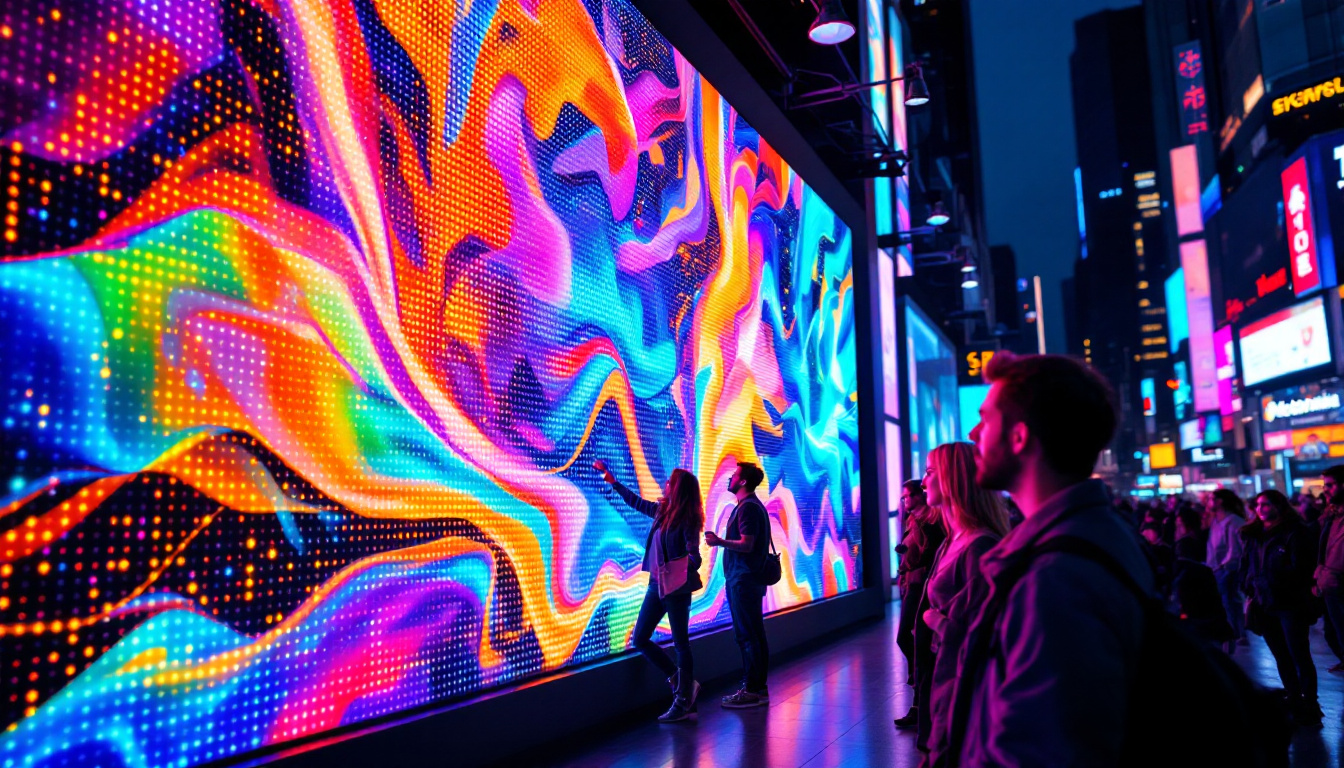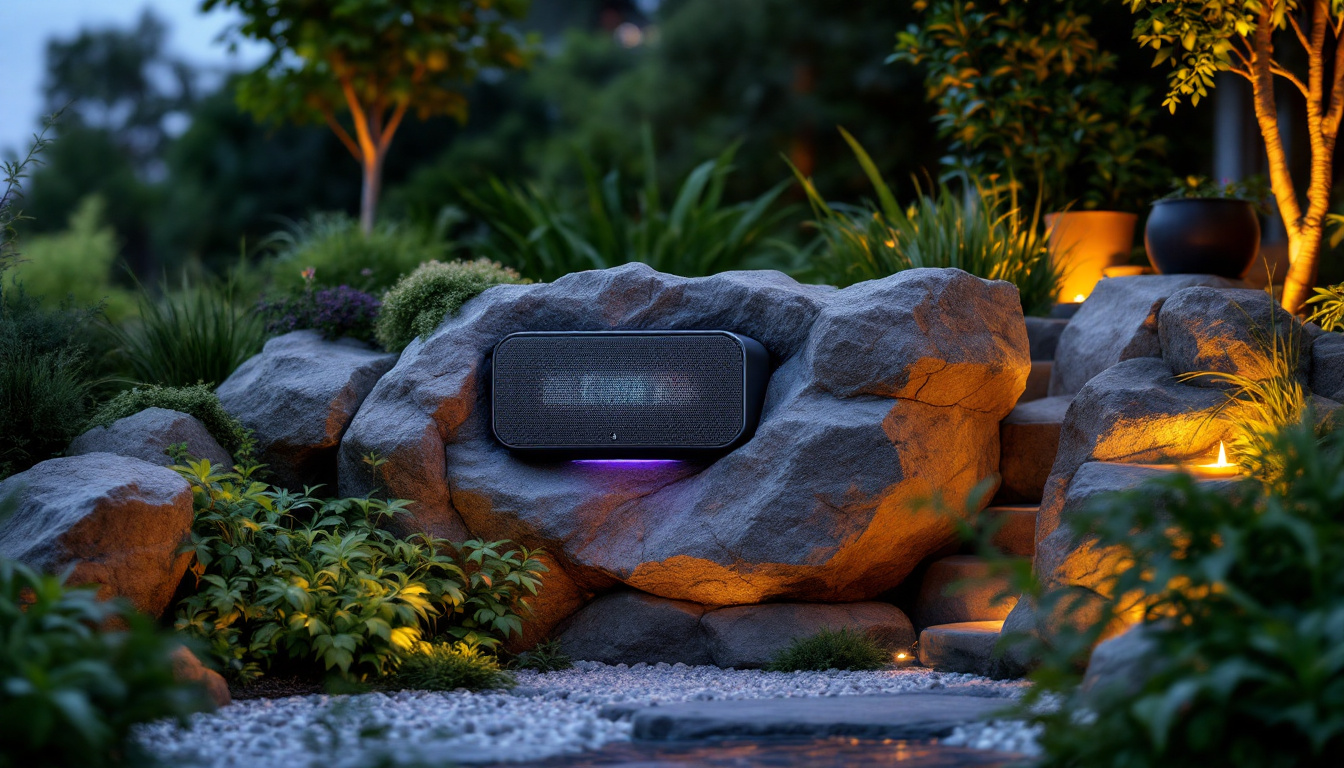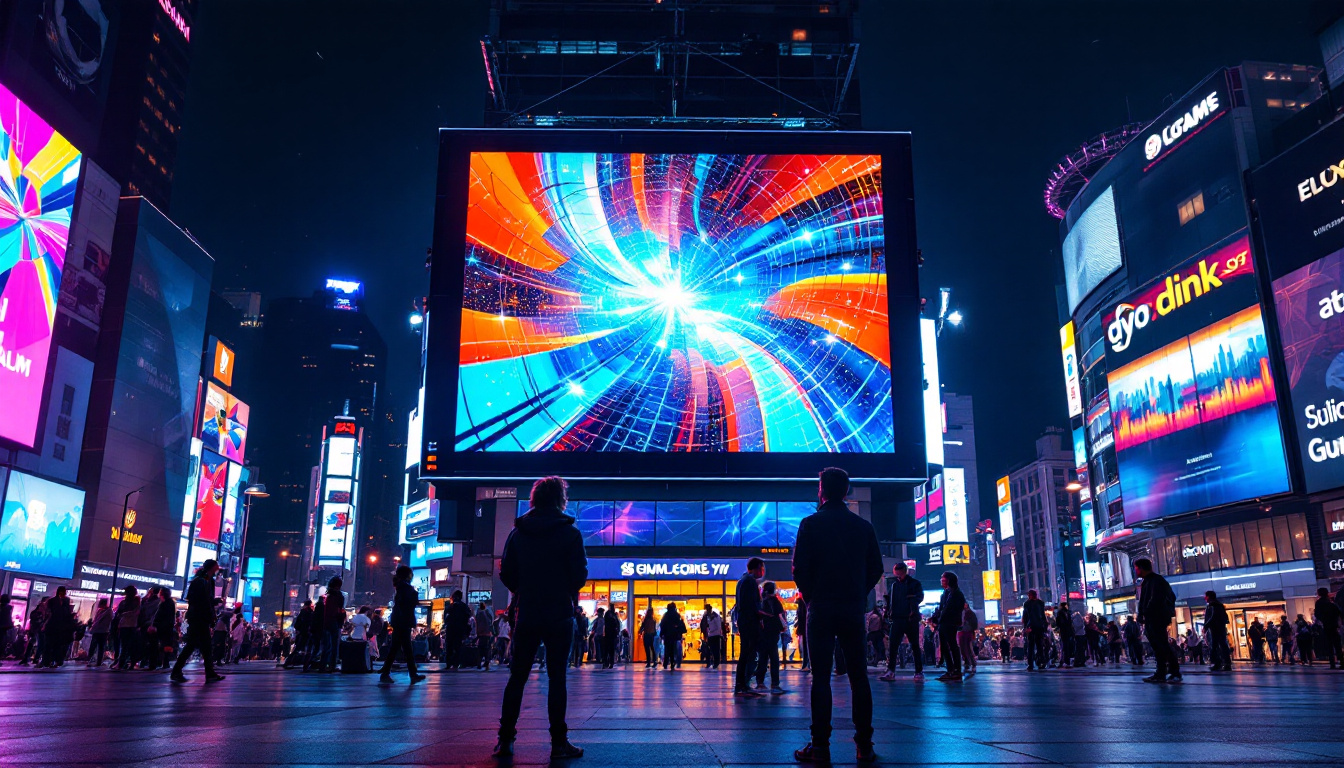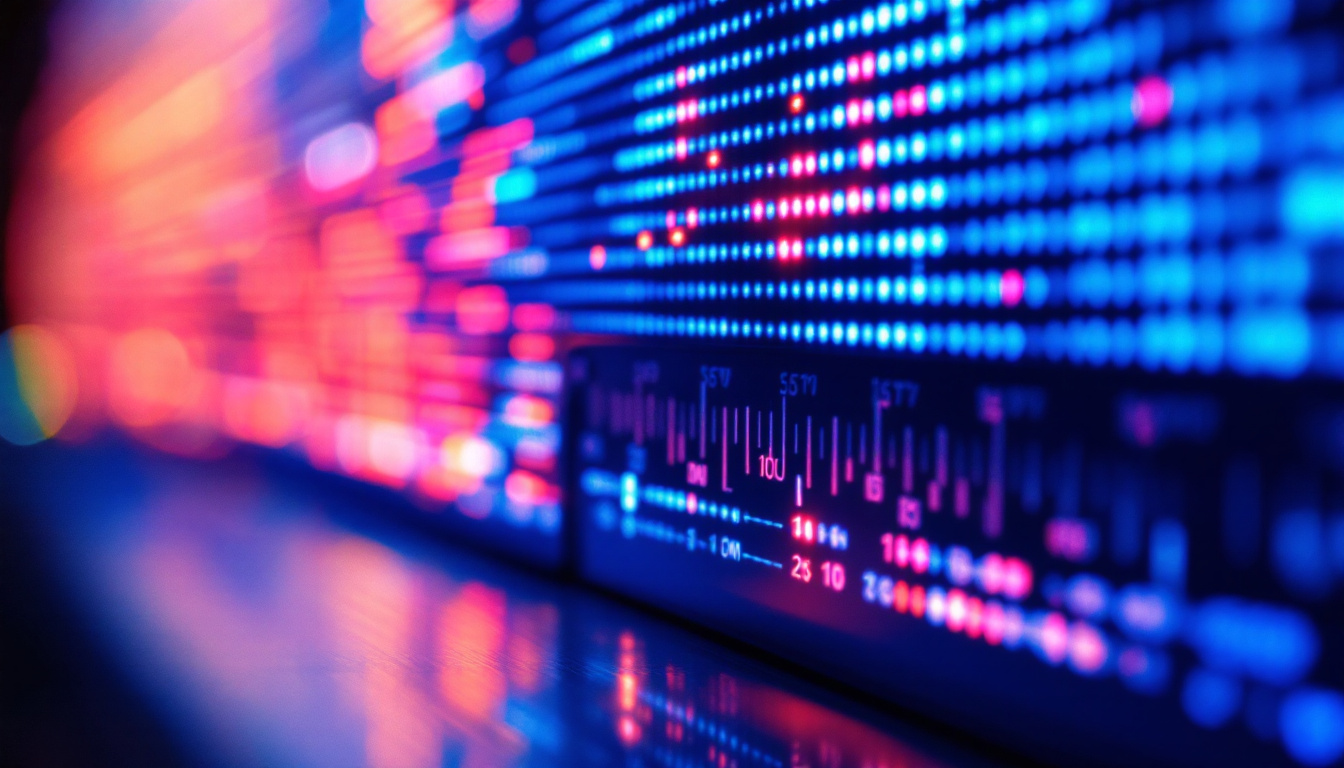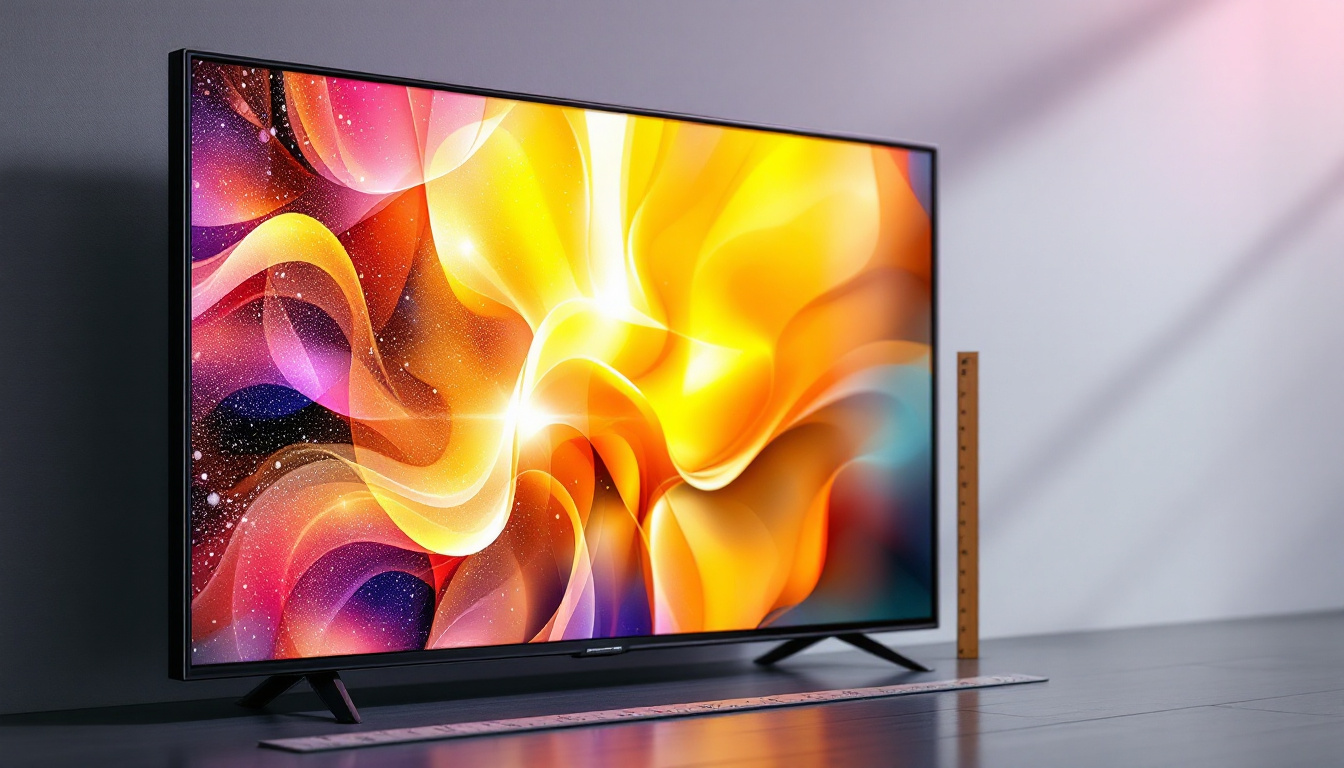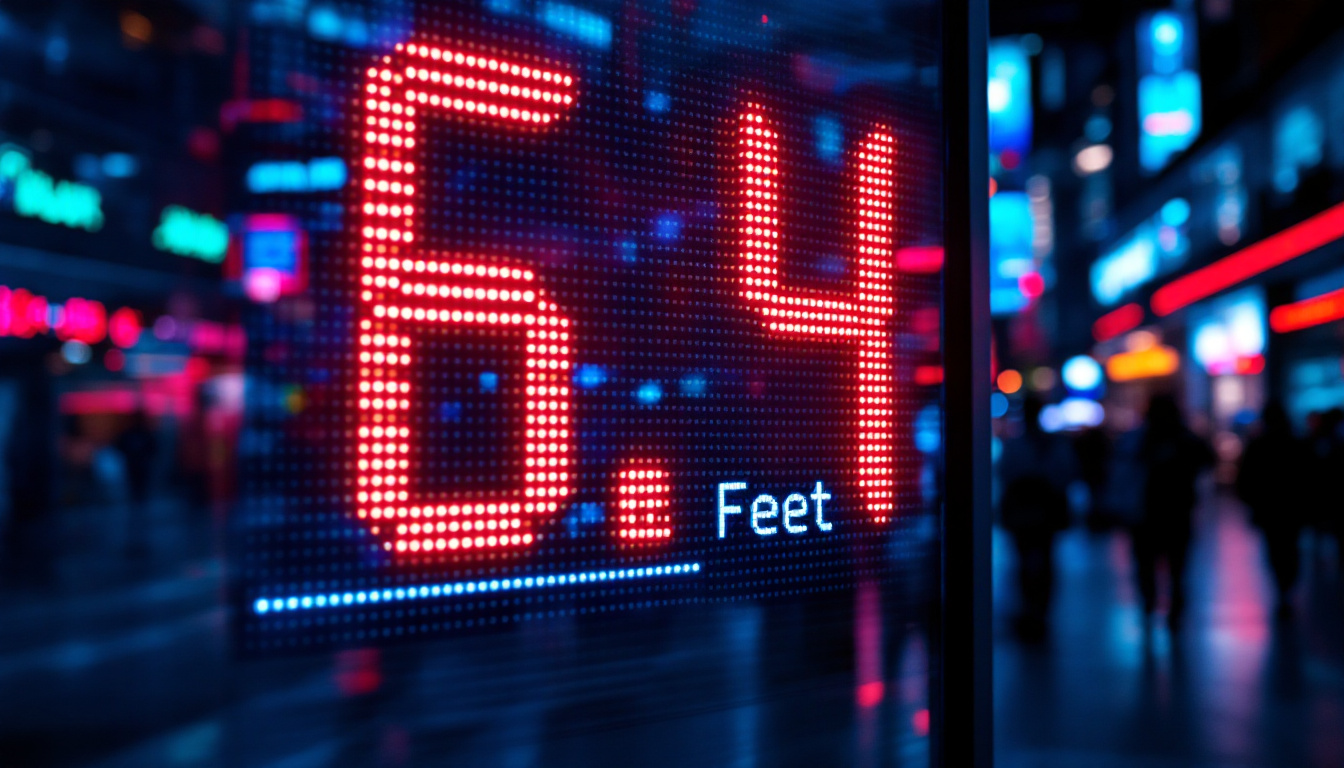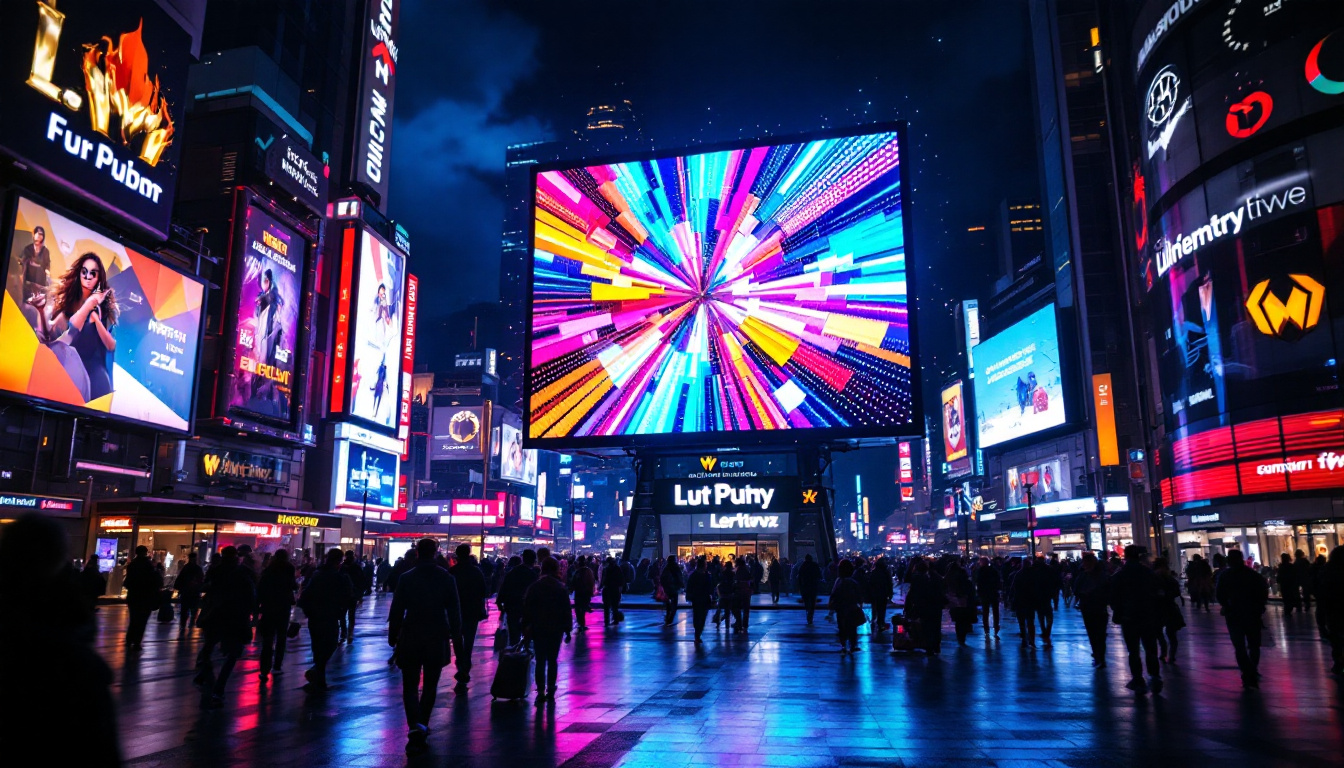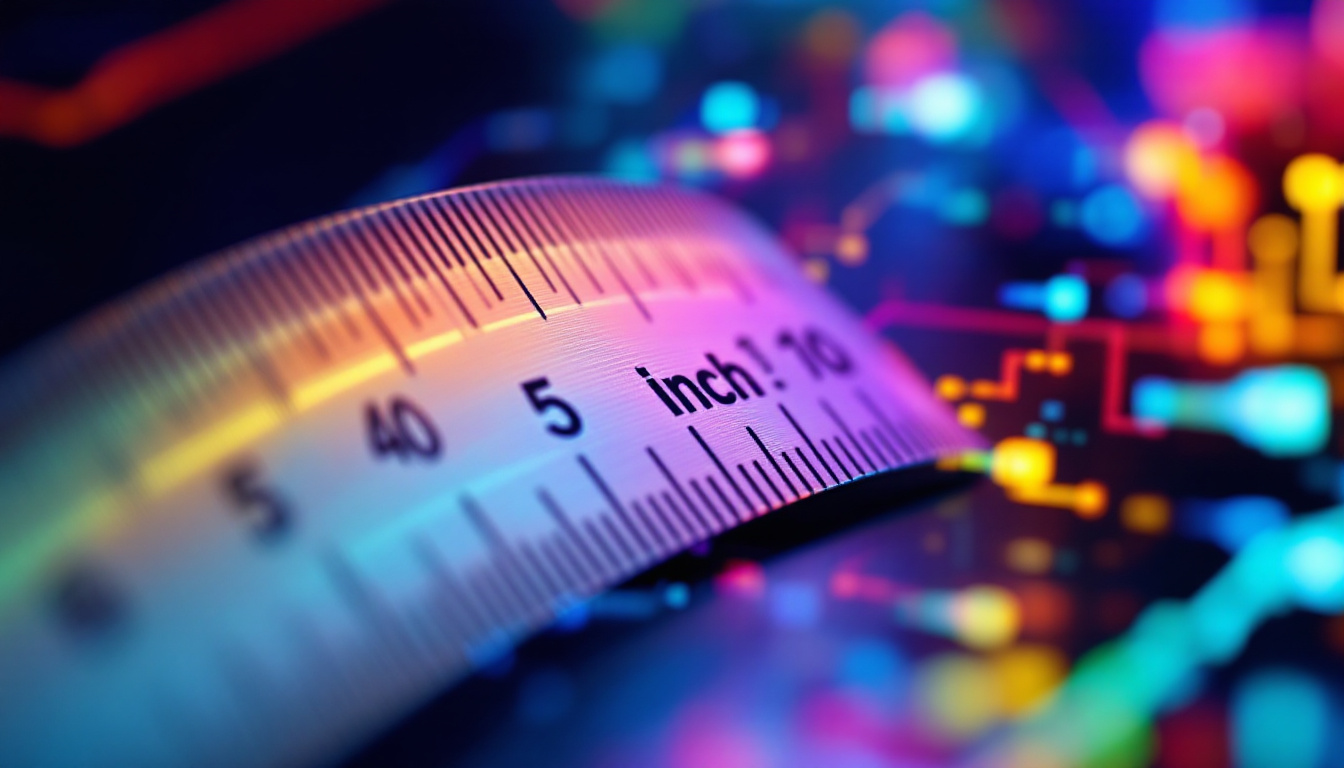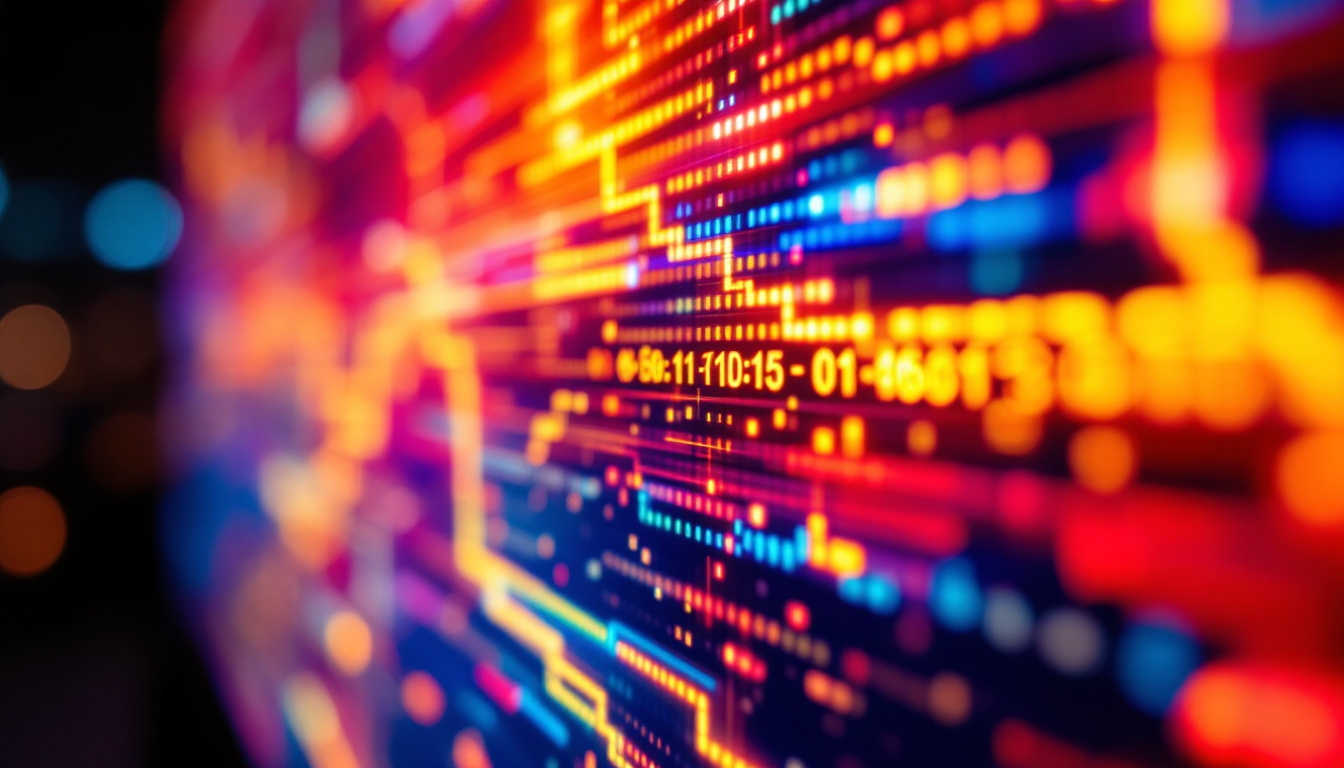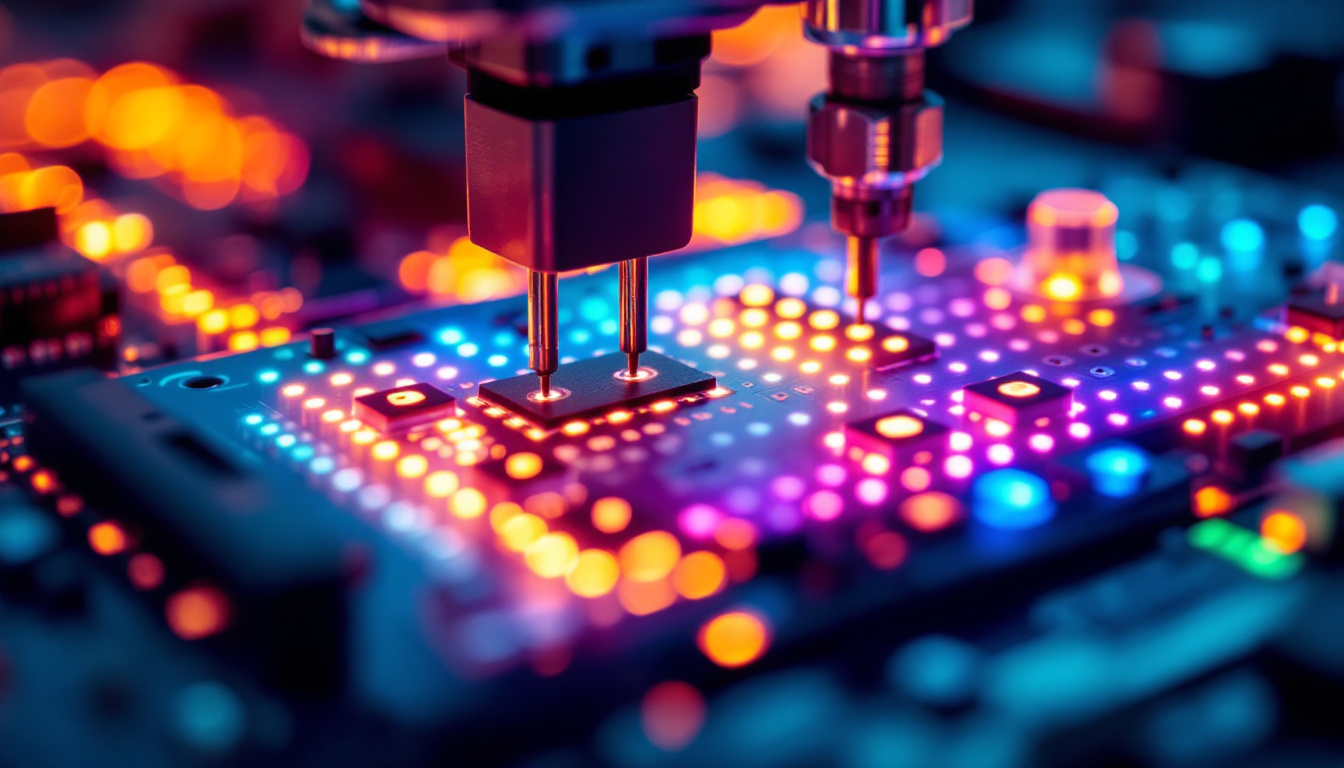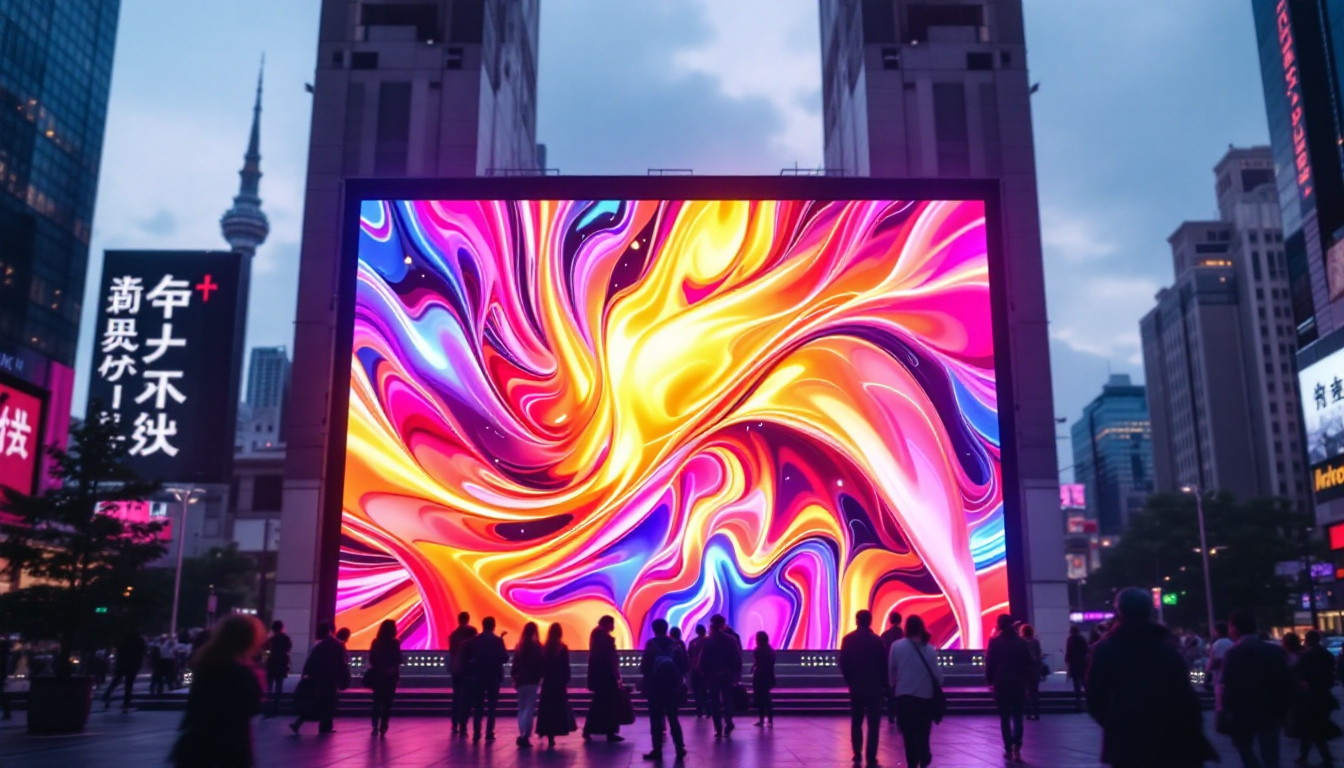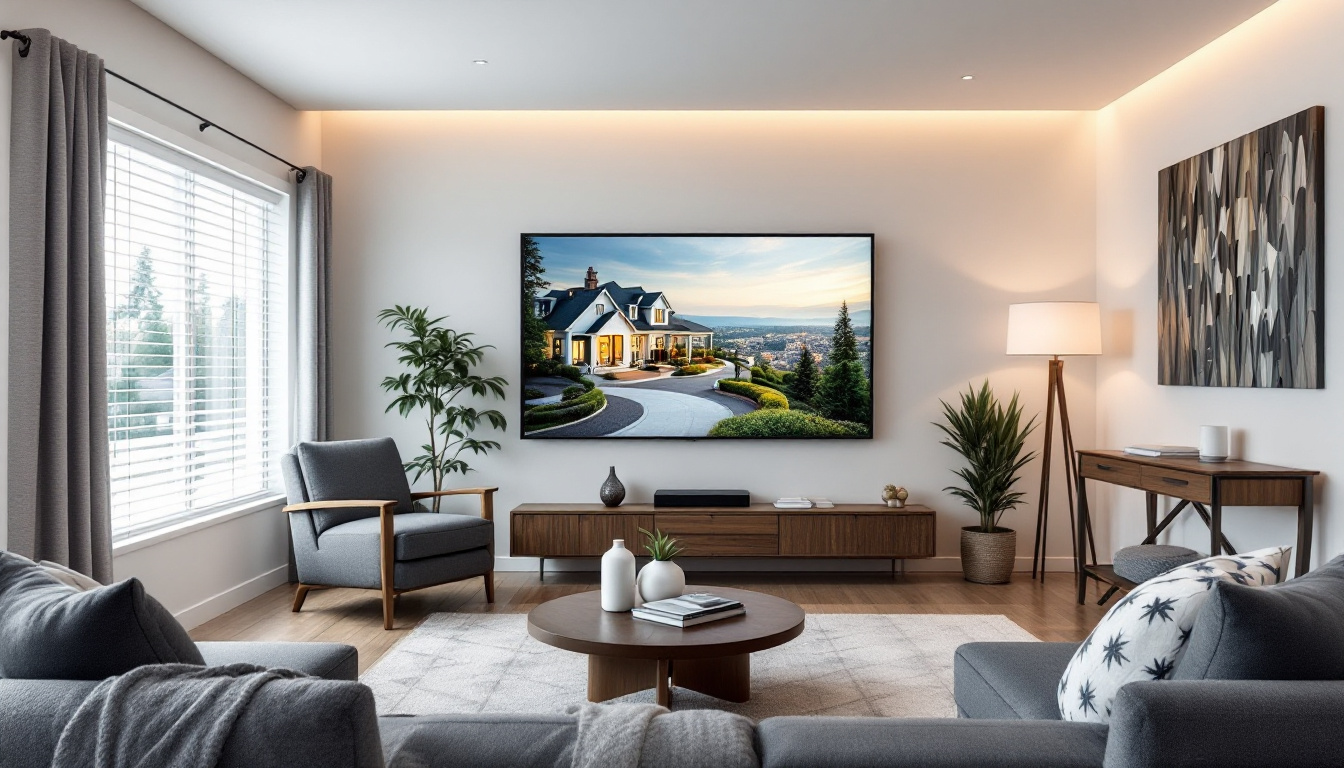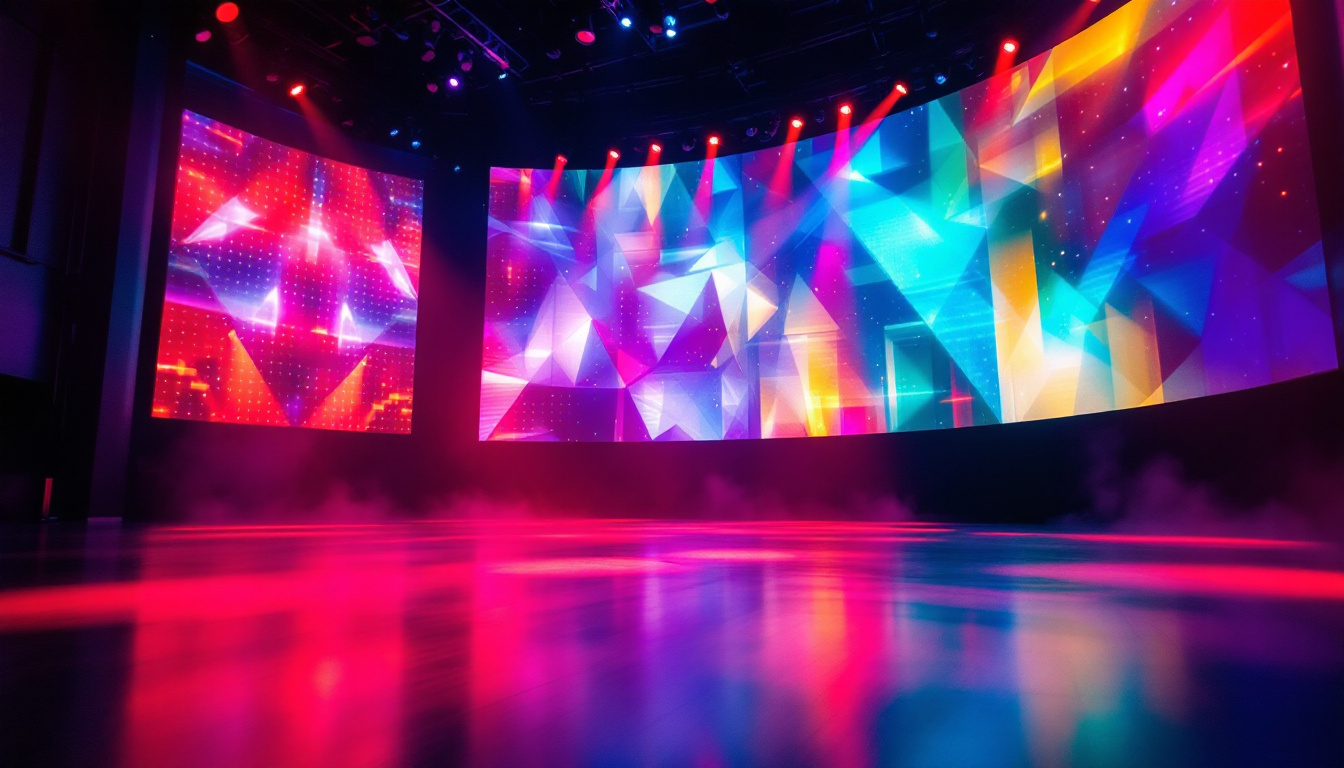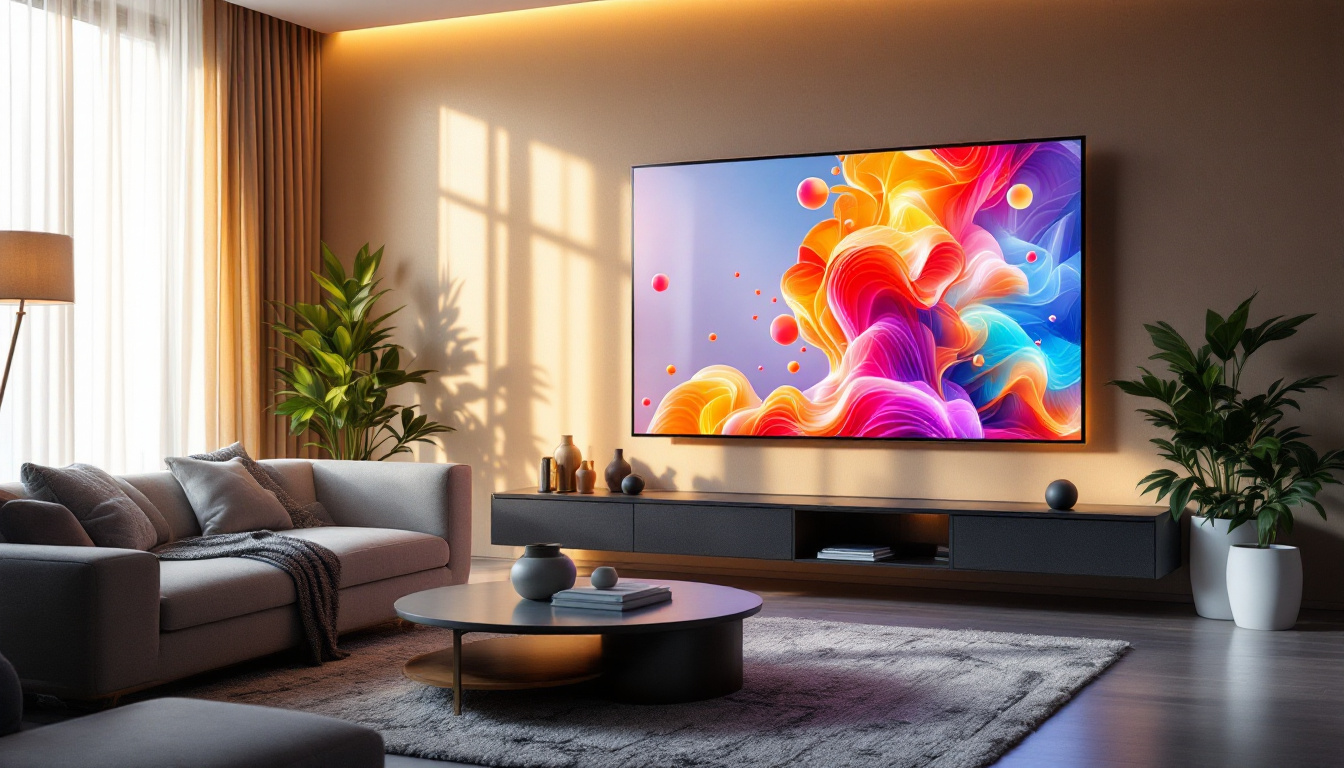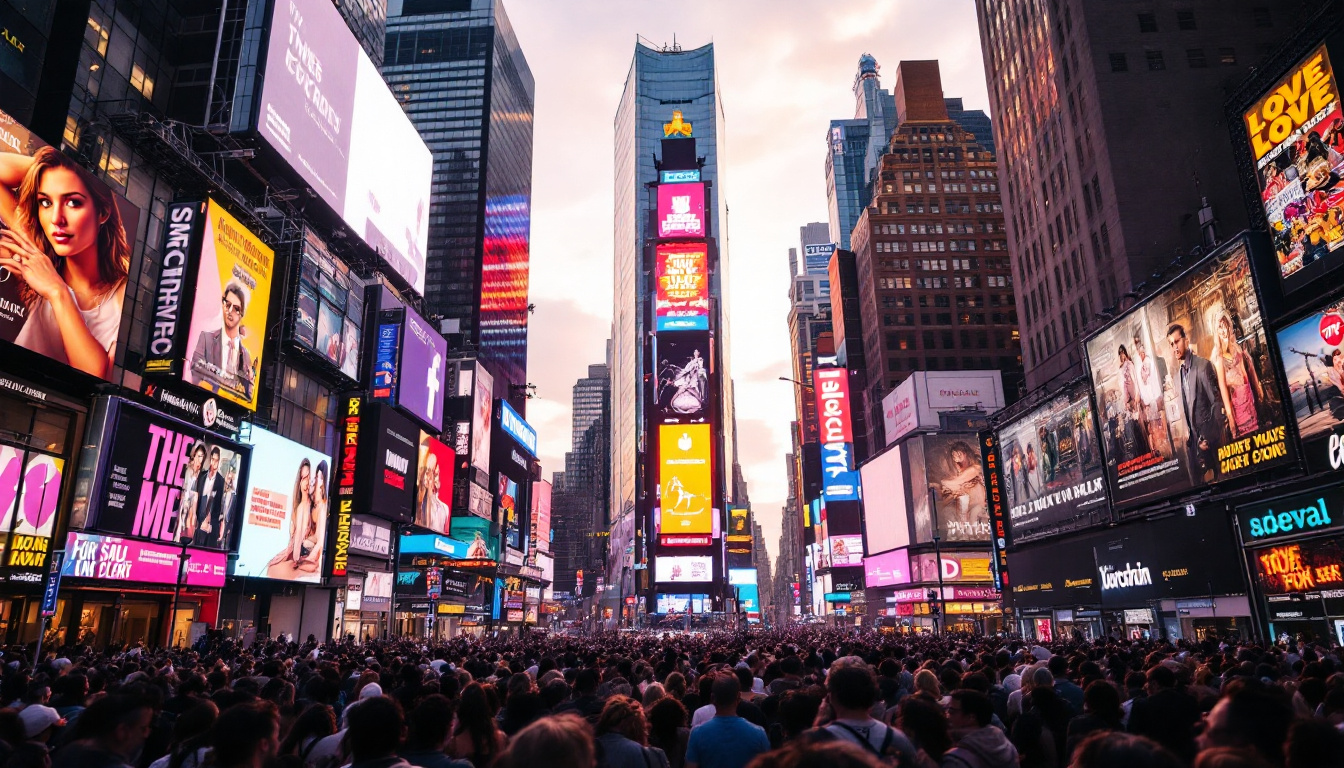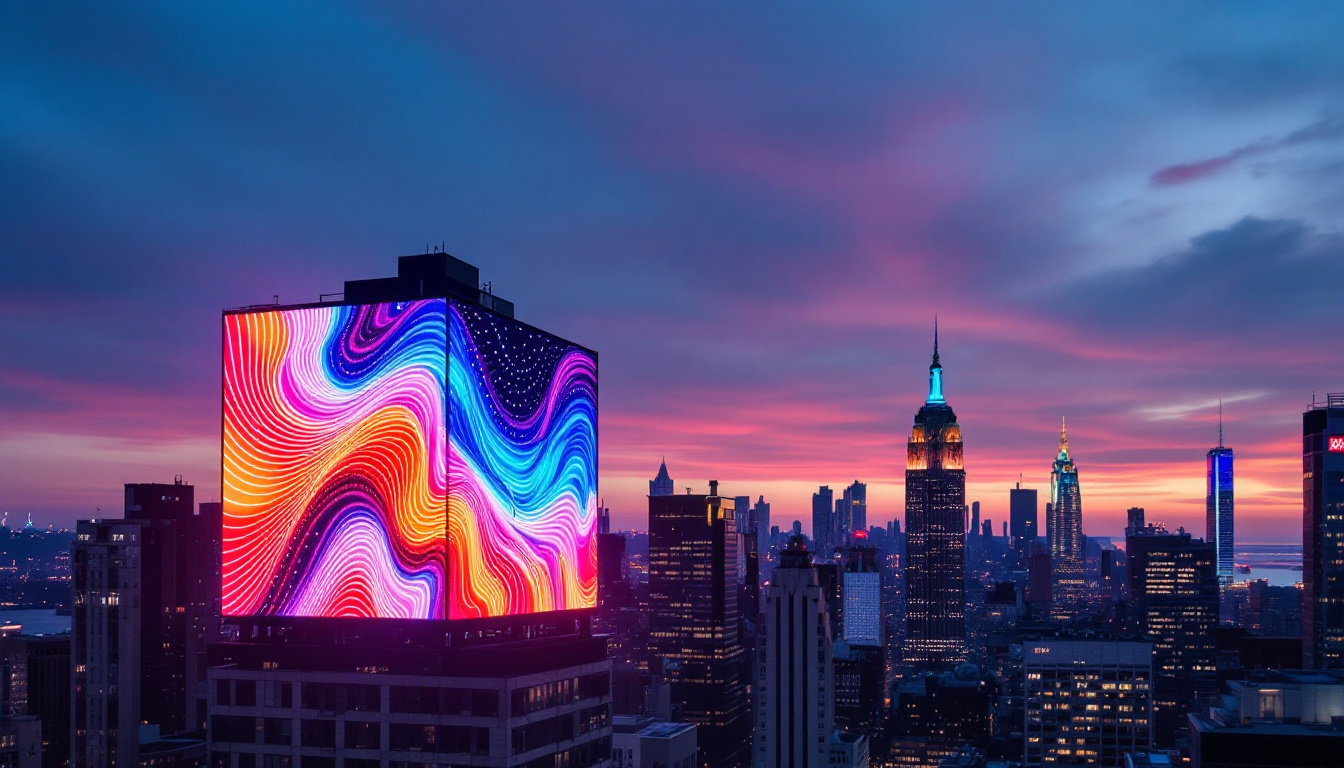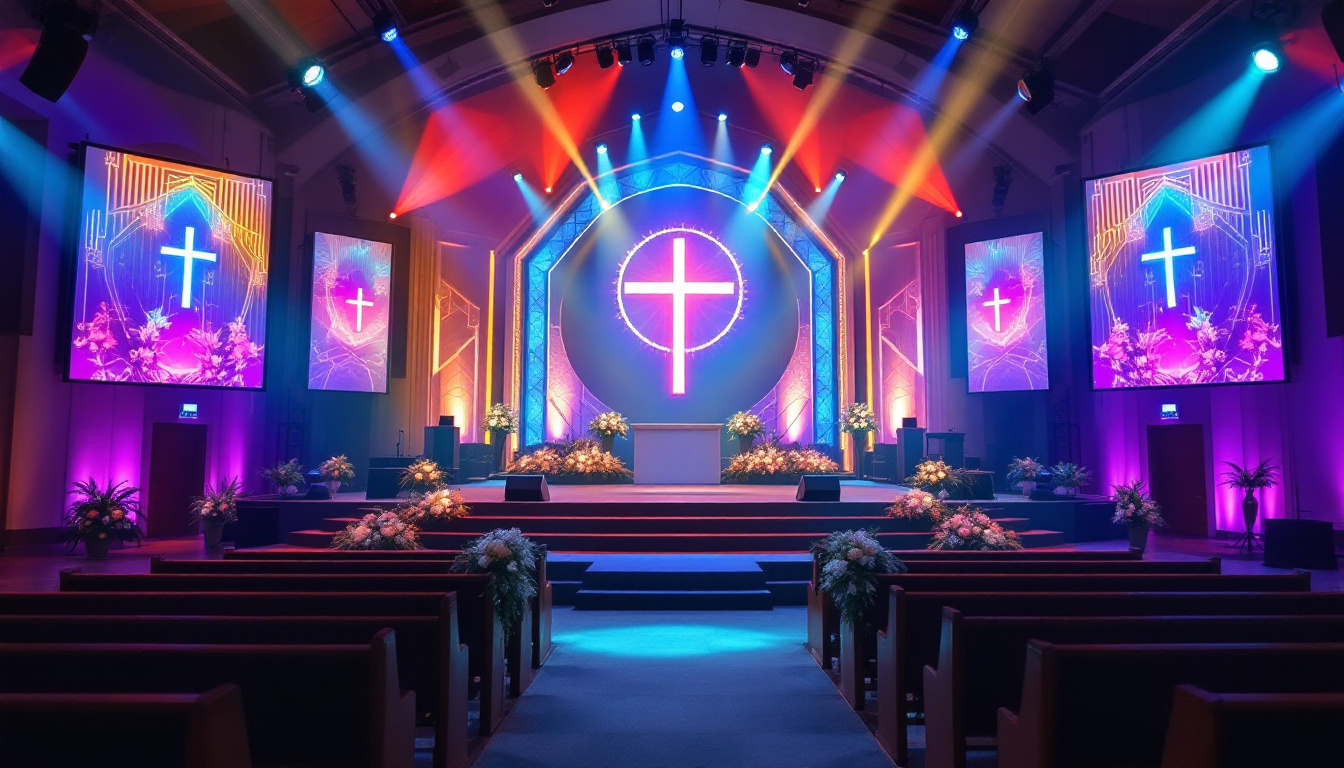In the realm of modern technology, LED displays have emerged as a cornerstone of visual communication. From advertising to entertainment, these displays have transformed the way information is conveyed. This article delves into the intricacies of LED displays, exploring their components, functionalities, and applications, while shedding light on how Sys Digital harnesses this technology to create impactful visual experiences.
Understanding LED Technology
Light Emitting Diodes (LEDs) are semiconductor devices that emit light when an electric current passes through them. This fundamental principle is what powers LED displays. Unlike traditional display technologies, such as LCD or CRT, LEDs offer several advantages, including energy efficiency, longevity, and brightness. These qualities make LED displays an ideal choice for various applications, from consumer electronics to large-scale advertising billboards.
The Basics of LED Functionality
At the core of LED technology are the diodes themselves, which are made from materials that produce light when energized. The color of the emitted light depends on the semiconductor material used. For instance, gallium nitride produces blue light, while gallium phosphide emits green light. By combining these colors, a full spectrum of hues can be created, enabling vibrant and dynamic displays. This color mixing capability is particularly important in applications such as television screens and digital signage, where a wide range of colors is essential for an engaging visual experience.
Moreover, LED displays can be categorized into two main types: direct-view and backlit. Direct-view LED displays consist of individual LEDs that form the image directly, while backlit displays use LEDs to illuminate a liquid crystal display (LCD) panel. Each type has its unique advantages, making them suitable for different environments and purposes. For example, direct-view displays are often used in large outdoor screens due to their ability to maintain brightness and clarity in sunlight, while backlit displays are common in televisions and computer monitors, providing excellent color accuracy and contrast.
Advantages of LED Displays
One of the most significant benefits of LED displays is their energy efficiency. They consume less power compared to traditional displays, which not only reduces operational costs but also minimizes environmental impact. Additionally, LEDs have a longer lifespan, often exceeding 50,000 hours, which means less frequent replacements and lower maintenance costs. This longevity is particularly advantageous in commercial settings, where downtime can result in lost revenue and customer dissatisfaction.
Brightness is another critical advantage. LED displays can achieve higher brightness levels than their counterparts, making them suitable for outdoor settings where sunlight can wash out other types of displays. This capability ensures that messages remain clear and visible, regardless of the ambient light conditions. Furthermore, the rapid response time of LEDs allows for smoother video playback and sharper images, which is essential for applications such as sports broadcasting and live events. As technology continues to advance, the integration of smart features, such as adaptive brightness and color calibration, further enhances the performance of LED displays, making them an increasingly popular choice across various industries.
Components of an LED Display
Understanding the components that make up an LED display is essential for grasping how they function. Each display consists of several key elements that work together to create the final image.
Pixel Configuration
The fundamental building block of an LED display is the pixel. Each pixel is made up of red, green, and blue (RGB) sub-pixels. By varying the intensity of each sub-pixel, a wide range of colors can be produced. The arrangement of these pixels determines the resolution of the display. Higher pixel density results in sharper images, which is particularly important for applications requiring detailed visuals.
Control Systems
Control systems are crucial for managing the operation of LED displays. These systems receive input signals from various sources, such as computers or media players, and translate them into visual output. Advanced control systems can synchronize multiple displays, allowing for seamless video walls or large-scale installations.
Additionally, modern control systems often incorporate software that enables real-time content management. This capability allows users to update messages, change visuals, and schedule content with ease, enhancing the overall flexibility of LED displays.
Power Supply and Cooling Mechanisms
LED displays require a reliable power supply to function effectively. The power supply converts standard electrical currents into the specific voltage needed for the LEDs. Furthermore, cooling mechanisms are vital to maintain optimal operating temperatures. LED displays generate heat during operation, and efficient cooling systems prevent overheating, ensuring longevity and consistent performance.
Applications of LED Displays
The versatility of LED displays allows them to be utilized across various industries and sectors. From advertising to information dissemination, the applications are vast and continually expanding.
Advertising and Marketing
One of the most prominent uses of LED displays is in advertising. Digital billboards and outdoor displays have become commonplace in urban environments, capturing the attention of passersby with vibrant colors and dynamic content. These displays can be easily updated, allowing advertisers to change promotions in real-time, thus maximizing engagement and effectiveness.
Moreover, indoor LED displays are often used in retail environments, enhancing the shopping experience by showcasing products and promotions. Interactive displays can also engage customers, providing information and encouraging purchases.
Entertainment and Events
In the entertainment industry, LED displays play a crucial role in concerts, festivals, and sporting events. Large-scale LED screens are used to display live feeds, graphics, and animations, creating an immersive experience for audiences. The ability to produce high-resolution images and videos ensures that every detail is visible, regardless of the viewer’s distance from the screen.
Furthermore, LED technology is also employed in stage productions and theatrical performances, where dynamic lighting and visuals can enhance storytelling and create captivating atmospheres.
Information and Wayfinding
LED displays are increasingly used for information dissemination in public spaces. Airports, train stations, and shopping malls utilize LED screens to provide real-time updates on schedules, directions, and important announcements. This application not only improves communication but also enhances the overall user experience by providing clear and accessible information.
Challenges and Considerations
While LED displays offer numerous benefits, there are also challenges and considerations that must be addressed. Understanding these factors is crucial for making informed decisions regarding their use.
Cost and Investment
One of the primary challenges associated with LED displays is the initial investment cost. High-quality LED technology can be expensive, which may deter some businesses from making the switch from traditional displays. However, it is essential to consider the long-term savings associated with energy efficiency and reduced maintenance costs.
Additionally, advancements in technology are continually driving down prices, making LED displays more accessible to a broader range of users. As the market grows, competition increases, leading to more affordable options without compromising quality.
Environmental Impact
Although LED displays are generally more environmentally friendly than traditional technologies, there are still concerns regarding their production and disposal. The manufacturing process involves the use of rare materials, and improper disposal can lead to environmental hazards. It is crucial for manufacturers and users to adopt sustainable practices, such as recycling and responsible sourcing, to minimize these impacts.
Technical Limitations
Despite their many advantages, LED displays do have technical limitations. For instance, color accuracy and brightness can vary based on the quality of the components used. Additionally, viewing angles can be a concern, particularly for large displays. Ensuring that the display is designed for optimal visibility from multiple angles is essential for achieving the best results.
Future Trends in LED Display Technology
The landscape of LED display technology is continually evolving, with new innovations and trends emerging regularly. Staying informed about these developments is essential for businesses and consumers alike.
Advancements in Resolution and Pixel Density
As demand for higher-quality visuals increases, manufacturers are focusing on advancements in resolution and pixel density. Ultra-high-definition (UHD) displays are becoming more common, offering sharper images and improved color accuracy. This trend is particularly relevant in applications such as broadcasting and digital signage, where clarity is paramount.
Integration with Smart Technology
The integration of LED displays with smart technology is another exciting trend. Smart displays can connect to the internet, enabling remote management and real-time content updates. This capability allows businesses to respond quickly to changing conditions, such as adjusting advertising messages based on weather or events.
Moreover, the incorporation of artificial intelligence (AI) can enhance user experiences by personalizing content based on audience preferences and behaviors, making LED displays even more effective as communication tools.
Sustainability Initiatives
As environmental concerns continue to rise, the LED display industry is increasingly focusing on sustainability initiatives. Manufacturers are exploring eco-friendly materials and production processes to minimize their carbon footprint. Additionally, energy-efficient designs are being prioritized, ensuring that LED displays remain a sustainable choice for the future.
Conclusion
LED displays have revolutionized the way information is presented and consumed, offering unparalleled advantages in terms of brightness, energy efficiency, and versatility. With a wide range of applications spanning advertising, entertainment, and information dissemination, these displays have become an integral part of modern communication.
As technology continues to advance, the future of LED displays looks promising, with innovations in resolution, smart technology integration, and sustainability initiatives paving the way for even greater possibilities. Understanding the intricacies of LED displays, including their components, applications, and challenges, is essential for leveraging their full potential.
Sys Digital stands at the forefront of this technology, harnessing the power of LED displays to create impactful visual experiences that resonate with audiences. As the landscape of digital communication continues to evolve, embracing LED technology will undoubtedly play a pivotal role in shaping the future of visual storytelling.
Explore Cutting-Edge LED Display Solutions with LumenMatrix
Ready to elevate your visual communication strategy? Discover the innovative world of LumenMatrix, where our commitment to excellence in LED display technology meets your desire for dynamic and engaging visual experiences. From vibrant Indoor and Outdoor LED Wall Displays to versatile Vehicle and Sports LED Displays, our extensive range of solutions, including LED Posters, Floor LEDs, Custom configurations, and All-in-One Transparent Displays, is designed to captivate your audience and amplify your message. Check out LumenMatrix LED Display Solutions today and join the revolution in digital storytelling.

